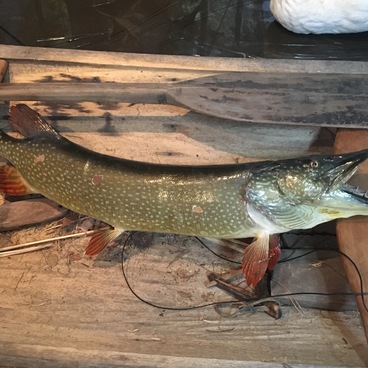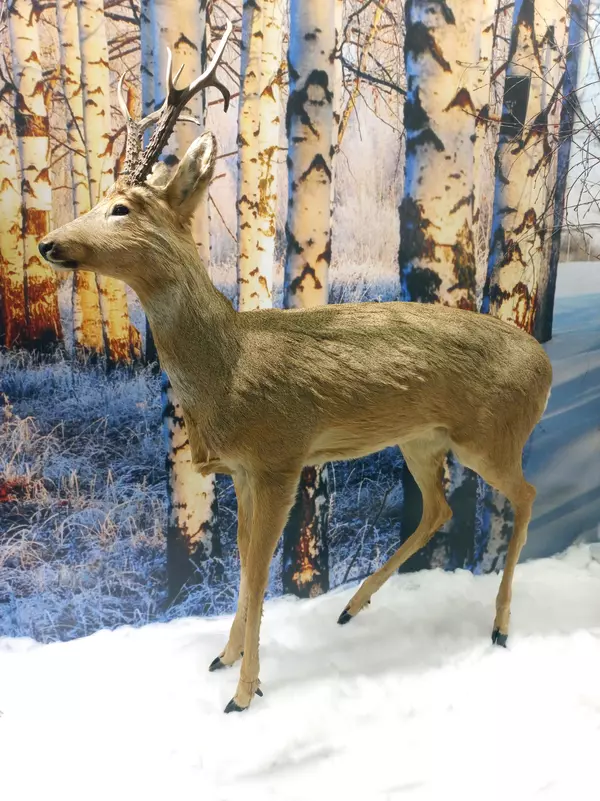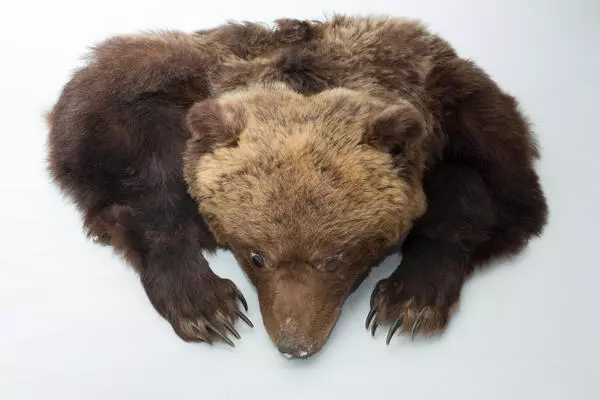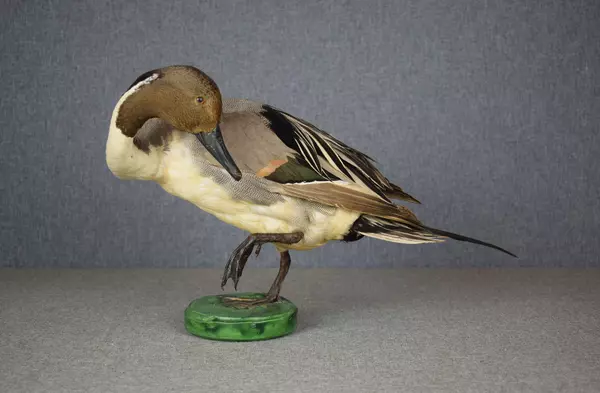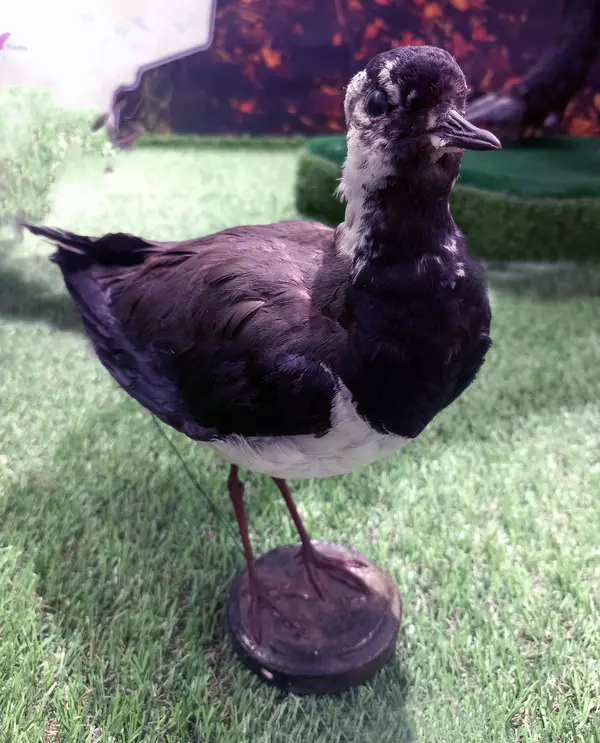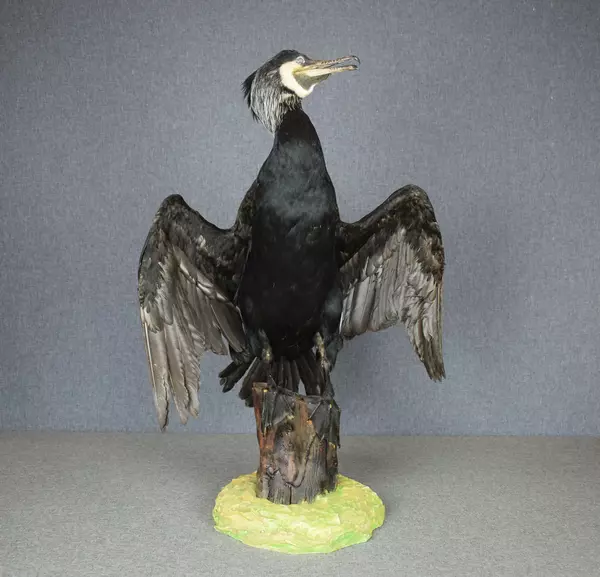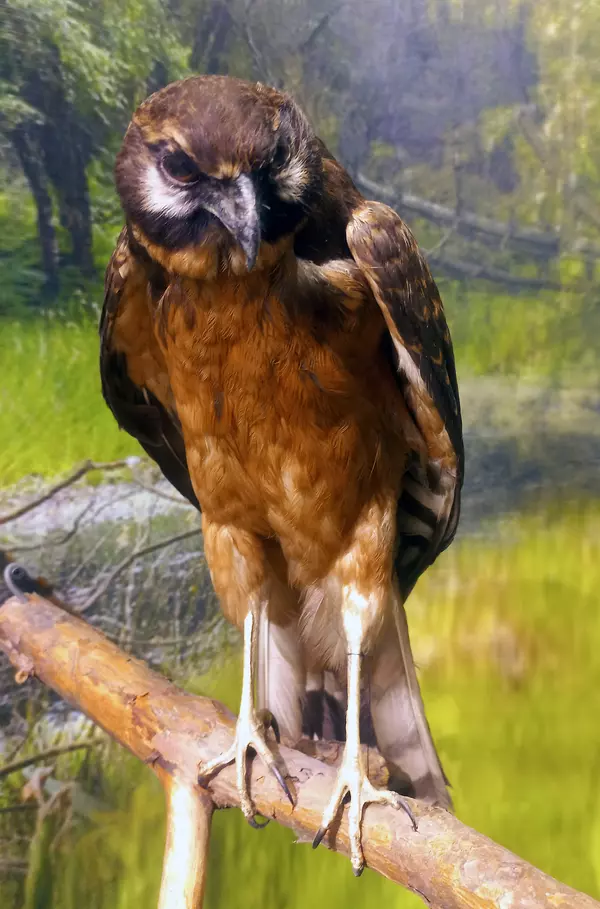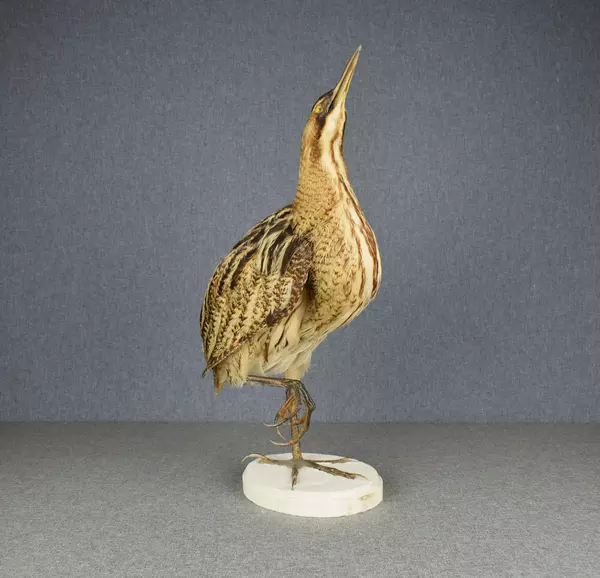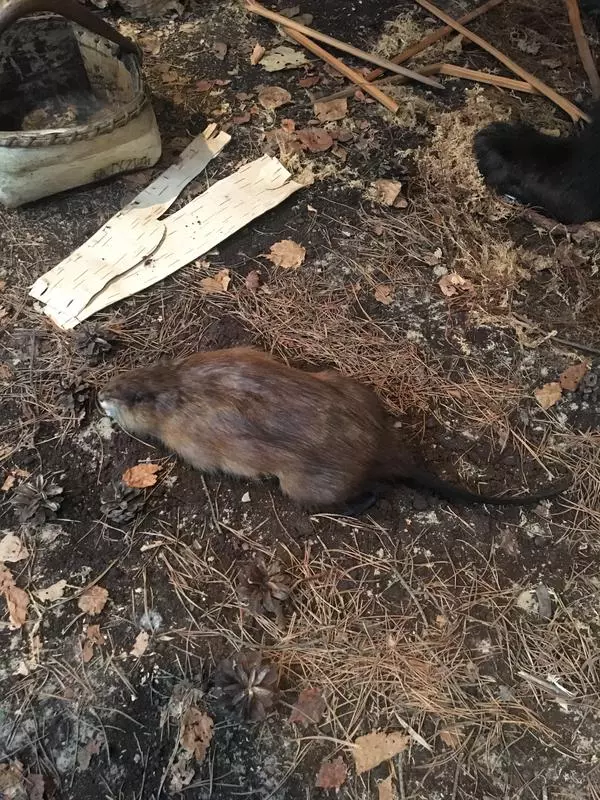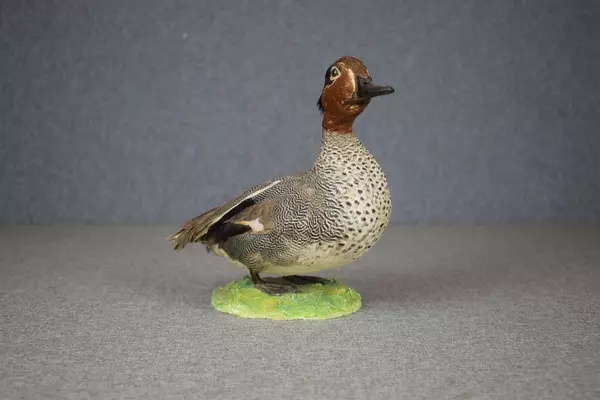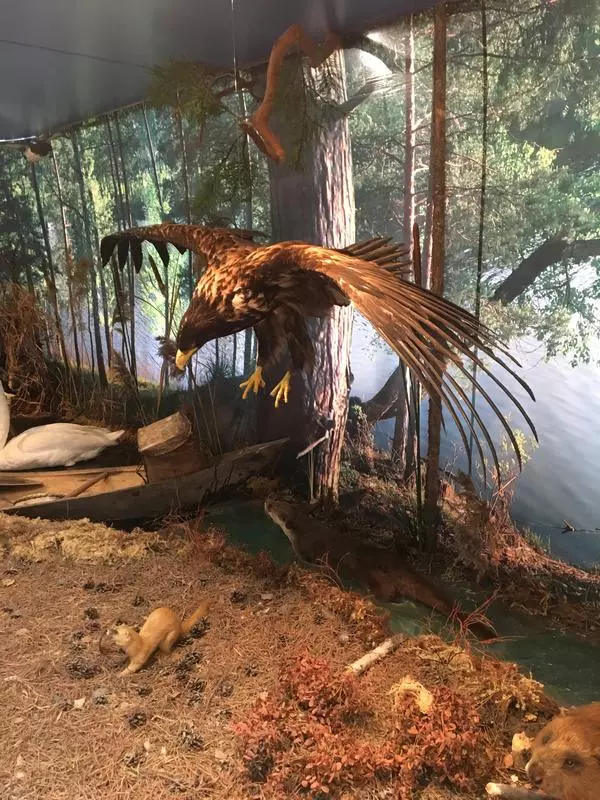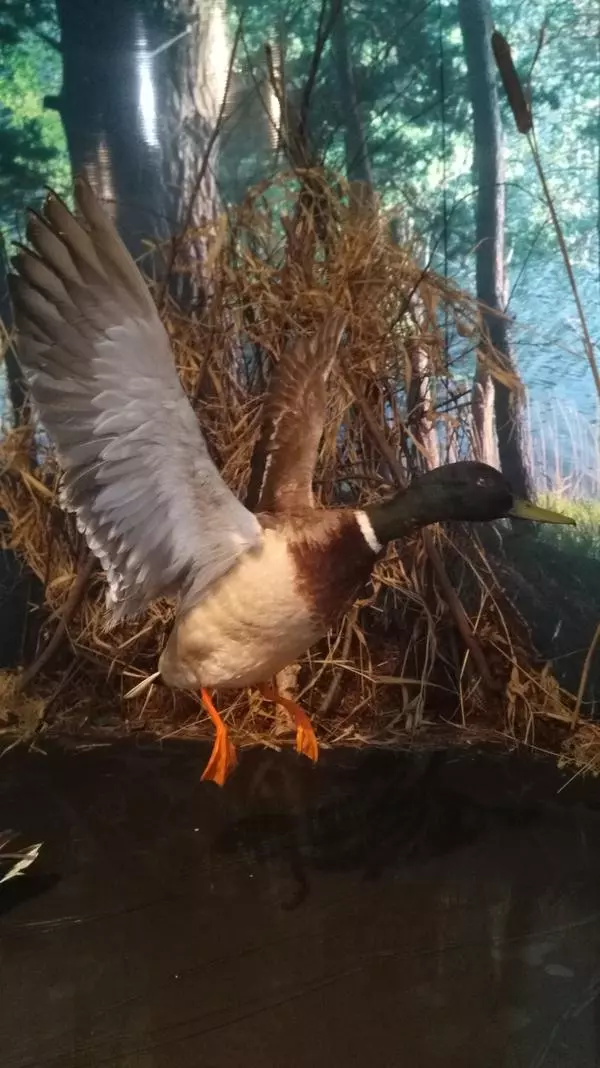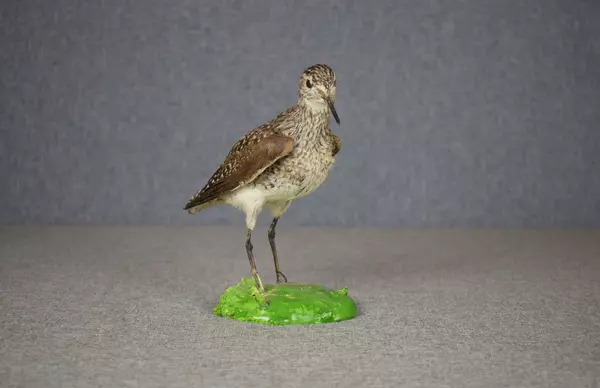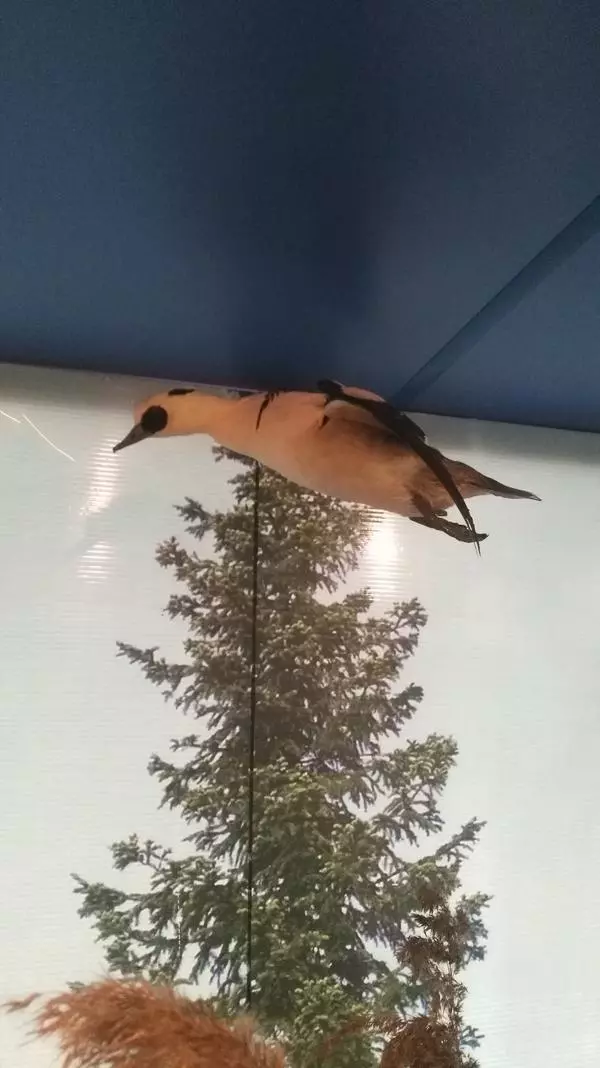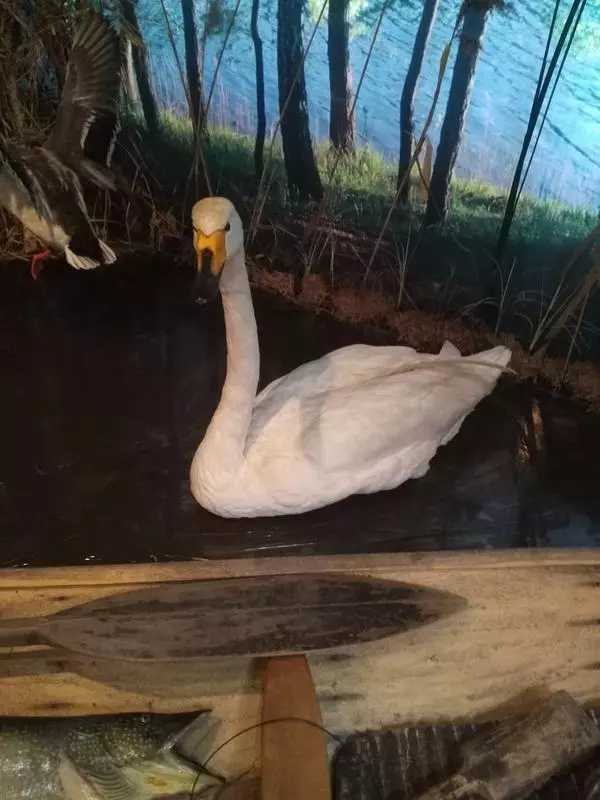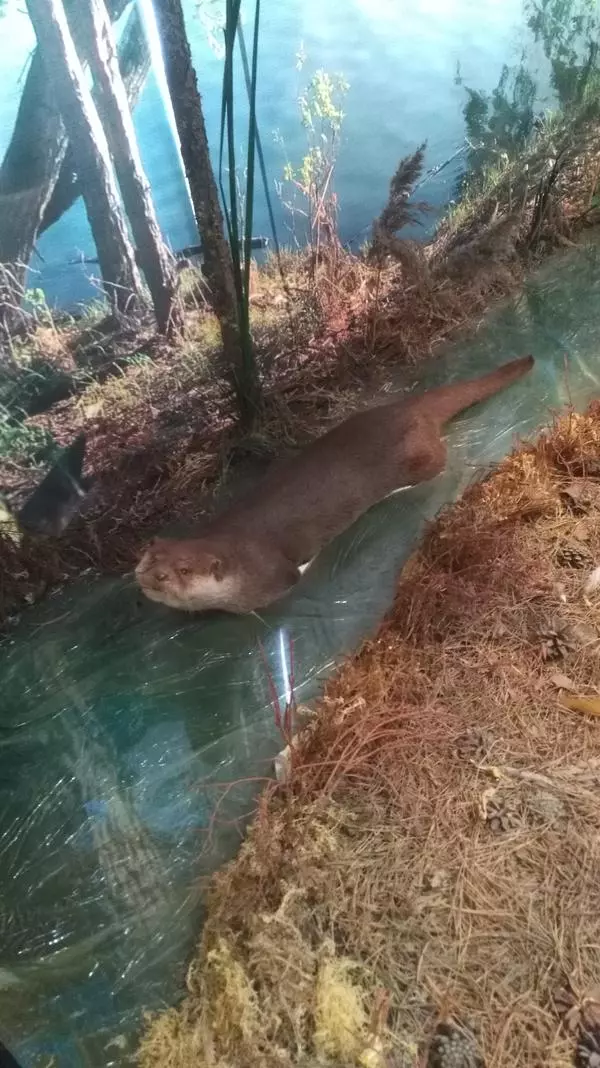The black grouse is a widespread bird from the pheasant family, a relative of the capercaillie.
A male black grouse can be easily recognized by the bright red eyebrows and the shimmering black feathering with purple or green tint on his head, goiter and lower back. The colouring of a female bird is not so bright, it’s motley and has reddish and brown colours.
Their voices are also different: the females make cackling sounds and the males mumble loudly or cry muffly when they are exited. One can hear these birds in spring during their displaying behavior, at the rest of the year they are usually silent.
The way of living of black grouses is different from their congener capercaillies — they avoid close forests and prefer forest edges, logged lands, birch outliers and moss moor skirts. Black grouses usually have sedentary life at the small areas of several square kilometers.
In summer when berries ripen black grouses stay at moss moors and in autumn they come from taiga to riversides. On the ground they move like home hens — they run fast and can fly up almost vertically. Their footprints are also similar to the footprints of a hen but they are a bit smaller. Their flight is fast and dynamical — a black grouse can fly for about a few dozen kilometers at a time without landing. These birds have a good eyesight and hearing that help them to keep safe from predators and men who often hunt grouses. Barely hearing a snow crunch these birds fly up fast and go away to a large distance.
The black grouse is a social bird, if it’s not a breeding season they live in flocks especially during winter frosts. Such groups can include 200–300 units. The black grouse flocks are usually mixed, less often they consist of the males only and even more rare — of the females. In winter they usually sit on trees and prefer birches. When nightfall comes the birds hide in the snow making tunnels with a room at the end.
During heavy frosts they feed once a day when they come out from the snow. Their ration includes mainly plant food such as tree buds and catkins, grass and berries. Black grouses can pick up grains of wheat and other cereals from the fields. And only when their nestlings are very small they feed them with insects.
A male black grouse can be easily recognized by the bright red eyebrows and the shimmering black feathering with purple or green tint on his head, goiter and lower back. The colouring of a female bird is not so bright, it’s motley and has reddish and brown colours.
Their voices are also different: the females make cackling sounds and the males mumble loudly or cry muffly when they are exited. One can hear these birds in spring during their displaying behavior, at the rest of the year they are usually silent.
The way of living of black grouses is different from their congener capercaillies — they avoid close forests and prefer forest edges, logged lands, birch outliers and moss moor skirts. Black grouses usually have sedentary life at the small areas of several square kilometers.
In summer when berries ripen black grouses stay at moss moors and in autumn they come from taiga to riversides. On the ground they move like home hens — they run fast and can fly up almost vertically. Their footprints are also similar to the footprints of a hen but they are a bit smaller. Their flight is fast and dynamical — a black grouse can fly for about a few dozen kilometers at a time without landing. These birds have a good eyesight and hearing that help them to keep safe from predators and men who often hunt grouses. Barely hearing a snow crunch these birds fly up fast and go away to a large distance.
The black grouse is a social bird, if it’s not a breeding season they live in flocks especially during winter frosts. Such groups can include 200–300 units. The black grouse flocks are usually mixed, less often they consist of the males only and even more rare — of the females. In winter they usually sit on trees and prefer birches. When nightfall comes the birds hide in the snow making tunnels with a room at the end.
During heavy frosts they feed once a day when they come out from the snow. Their ration includes mainly plant food such as tree buds and catkins, grass and berries. Black grouses can pick up grains of wheat and other cereals from the fields. And only when their nestlings are very small they feed them with insects.

